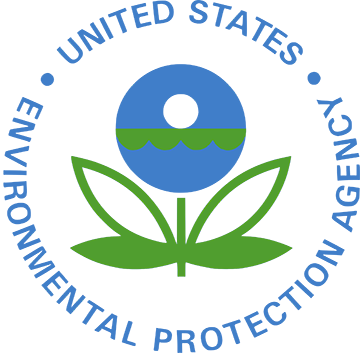Protecting the Environment: A Glance at the EPA
Protecting the Environment: A Glance at the EPA

While they have tackled many environmental issues in the past, has the EPA been contributing to the United States’ environmental growth today?
There may not be a definitive answer. However, using statistical analysis and reasoning, a conclusion can be reached. Following the 2016 fiscal year, the EPA has reported the following results from their regulations:
- Reduced, treated, or eliminated 324 million pounds of pollution
- Treated, minimized, or properly disposed 62 billion pounds of hazardous waste
- Restored or created 409 acres of wetlands
- Protected 650,000 people with the help of the Safe Drinking Water Act
- Prevented 610 million gallons of oil from spilling into our oceans
It all started in 1970, when Richard Nixon submitted the “Reorganization Plan No. 3 of 1970,” a document that outlined environmental protection standards in the United States. This document led to the creation of the United States Environmental Protection Agency on December 2, 1970.
Some examples that lead to the creation of the EPA include:
- In 1962, Silent Spring by Rachel Carson addressed the harm of using pesticides.
- In 1963, smog killed roughly 400 New York residents due to a heat inversion over the East Coast.
- In 1969, an oil spill covered 400 square miles of the Pacific Ocean which left hundreds of birds to die.
The EPA continues to work to create a sustainable living community within the United States. The following are examples of their work.
- The Clear Air Act of 1970, which limits air pollution from vehicles and factories
- The Clean Water Act of 1972, which regulates the discharge of pollutants in water sources
- The Federal Insecticide, Fungicide, and Rodenticide Act of 1972, which manages the sales of harmful pesticides
- The Noise Control Act of 1972, which promotes an environment that is free from threatening noises
- The Endangered Species Act of 1973, which provides a conservation program for all threatened species
- The Food Quality Protection Act of 1996, which ensures that food doesn’t contain harmful chemicals
CEDARVILLE works directly with regulatory agencies to ensure that your project goes smoothly. Call us to find out more at 610-705-4500 or email us at info@cedarvilleeng.com.
By: J. Auerbach
Copyright 2017
What can we do for you?
Address: CEDARVILLE Engineering Group, LLC 159 E. High Street, Suite 500 Pottstown, PA 19464 Phone: 610-705-4500 Fax: 610-705-4900 info@cedarvilleeng.com